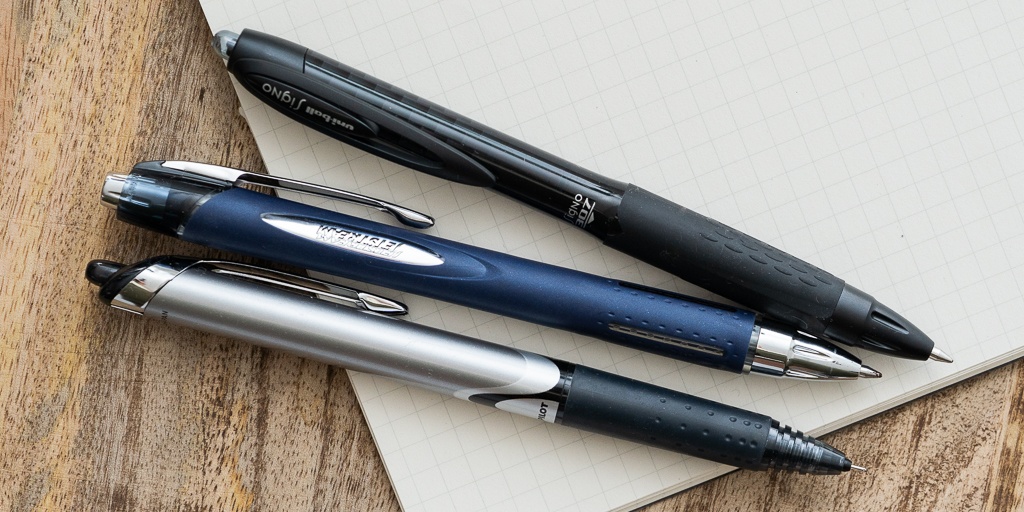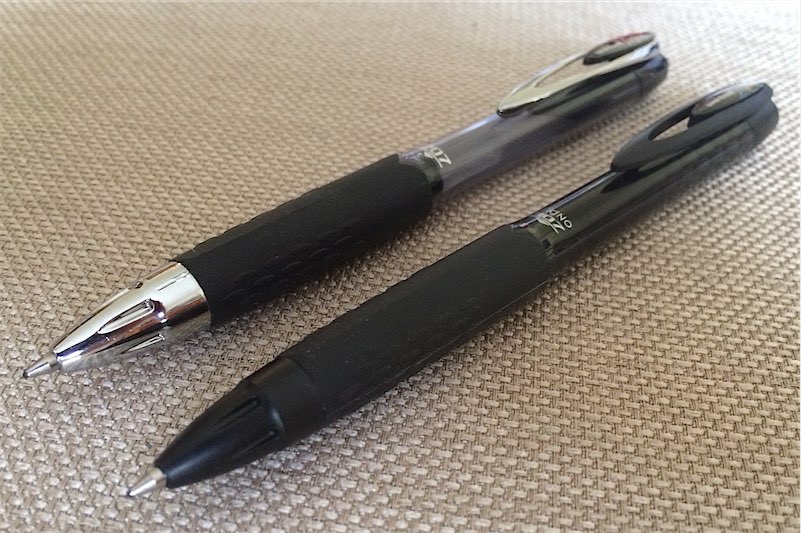The back-story of Frixion Erasable Pens

The first feathers in the Frixion erasable pens arrangement, with tips and 0.7 millimeters,
were the first in a range of over 20 Pilot items using their uniquely created
erasable ink. Ballpoint pens and related items have accumulated in the total
global offers of 1.5 billion units to date.
Frixion’s feathers agreed in Japan in 2007, a year after its release in Europe.
They got involved quickly with Japanese buyers, and they were famous among
everyone, from small to representatives. This subsequently prompted Pilot to
expand the range of Frixion products with comparatively erasable highlighters
and markers.
A hit in Europe
The French exhibition director of the organization for Europe pressed for the
initial shipment to be made in that publicity, unlike in Japan, because young
Europeans most of the time used pens and liquid amendment when they considered
it. Paradoxically, Japanese children mostly use wooden pencils or mechanics at
school. It turned out to be a fruitful decision.
Frixion pens have turned out to be the main long-distance products in Europe,
where they are especially known among scholars happy to be released from the requirement
of fluid review.
The first Frixion pens with tops (left). The Frixion retractable point pens
(right) were driven in Japan in 2010. Before putting these marked items, Pilot
needed to refine his ink so it would not dry in a pen without a lid. (Photographs
pilot’s affability)
Behind erasable ink
The long periods of progress were in the thermosensitive Metamora ink that
gives the Frixion line its fundamental point of sale. The microcapsules that
structure the pigmentation contain an equivalent mixture of three substances:
all the color that can change between the color and boring structures, the
shading designer and the shading change temperature regulator. A highlight
among the most difficult companies was to build the temperature race for when the
shading appeared and disappeared.
